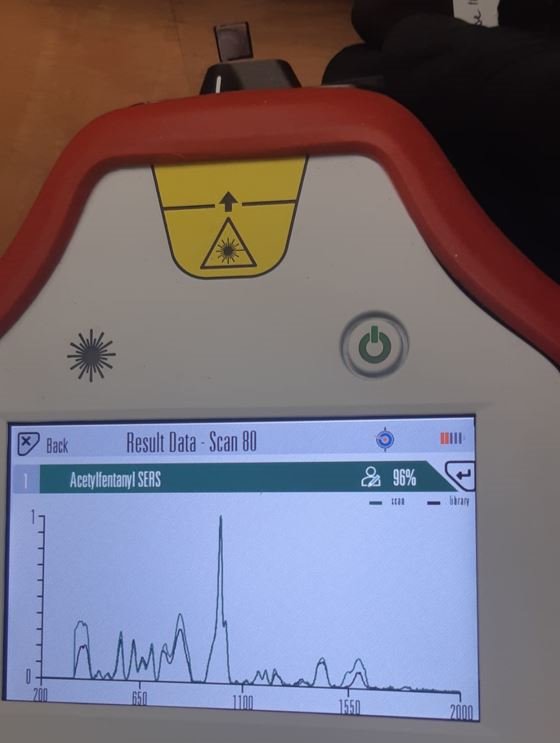What are the typical use cases of the Resolve handheld Raman analyzer?
Resolve is a highly sensitive handheld Raman-based chemical identification system that offers real-time detection and identification of unknown military, commercial and homemade explosives, chemical weapons and threats, narcotics, and precursors. Resolve is deployed in hazmat response, EOD, CBRN, law enforcement (including harmful narcotics and NPS detection), and for parcel, vehicle, and container inspection and screening at customs, ports, and borders. Resolve is used by a wide variety of federal, state, and local first responders worldwide.
- See Resolve in action in our collection of specialist application videos
Why use a Resolve Raman analyzer for hazardous materials and chemical identification?
A portable Raman analyzer built to withstand tough user environments, Resolve is deployed in hazmat response, EOD, CBRN, law enforcement, and for parcel screening at customs, ports, and borders. Resolve has been designed for use in protective gear and optional WiFi connectivity allows measurements to be run remotely.
The main advantage of using Resolve’s through-barrier handheld Raman capability is to enable safer operation by removing the need to open containers. Hazards remain contained and evidence is more easily preserved, allowing first responders to identify contents early in an operation, prior to escalation.
Additionally, the unique optical technology needed for SORS provides very high-quality data, at the same time as significantly reducing the risk of accidentally igniting sensitive explosives. The choice of laser wavelength (830 nm) helps to significantly reduce fluorescence interference from materials such as drugs and narcotics, yielding higher performance than some traditional 785nm systems.
What container materials can the Resolve handheld Raman analyzer measure through?
SORS allows Resolve to be the only handheld Raman device available on the market that scan through opaque and colored containers, including bubble wrap mailers, envelopes, heavy plastic (e.g., pill bottles, gas cans, 5-gallon buckets), and dark glass.
Analysis can be performed through multiple layers of the same or different barriers, such as multiple plastic wrapping or a plastic bottle inside a paper envelope. The maximum thickness Resolve can measure through depends on the material but is somewhere around 5 mm. Materials that are too thick or do not allow laser light penetration (e.g., wood, metal) will require opening either for analysis through the primary plastic liner or for sampling before analysis.
For more information:
- Application note: Screening Envelopes and Parcels for Illicit Materials
- Application note: Hazardous Material ID Through Opaque Containers
Can the Resolve measure trace drug samples?
Raman is a bulk technique and can struggle with identification of materials found in low concentration mixtures (e.g., active ingredients in pharmaceutical formulations or high potency synthetic opioids in street drug samples). In these cases, Raman instruments would correctly identify the bulk cutting agents, such as cellulose or lactose, but would not be to automatically identify the lower concentration drug. How low a concentration can be before it is no longer detectable depends on the nature of the target material, as well as the other components in the mixture.
SERS (Surface enhanced Raman spectroscopy) can be used to help with this low concentration trace analysis. SERS substrates can amplify Raman signals by up to 1000 times by taking advantage of the plasmonic properties of nanostructured metals to increase the sensitivity of Raman spectroscopy. Resolve users can take advantage of SERS too. For example, for the detection of synthetic opioids in street samples. Gold nanoparticle substrates from Nikalyte can be used to create a custom Command library.

More Resolve FAQs:
